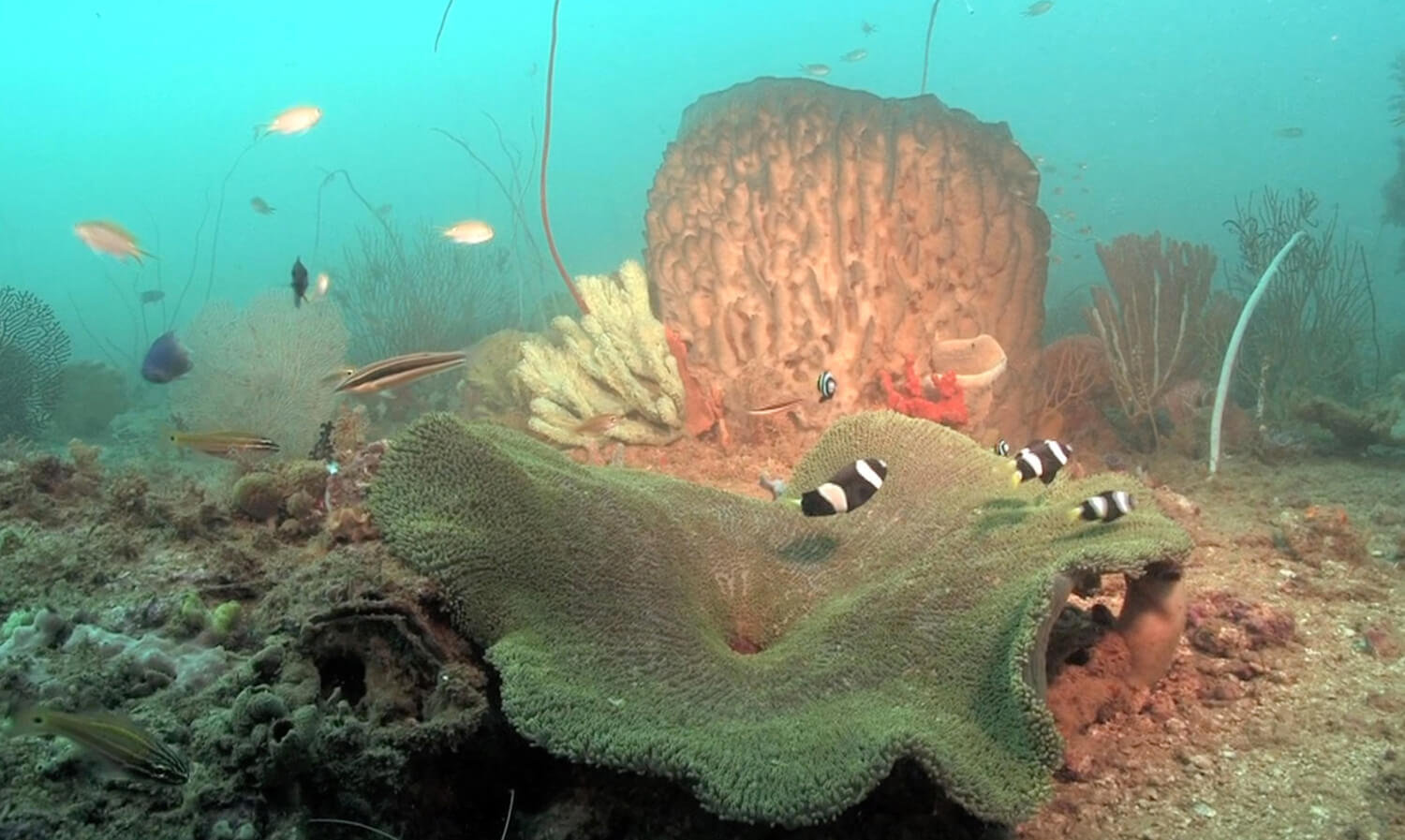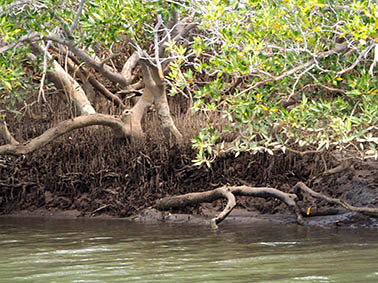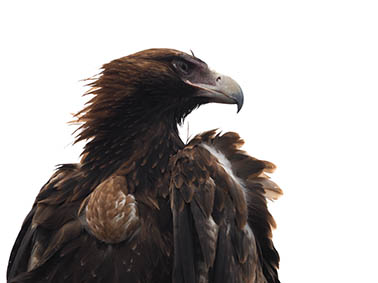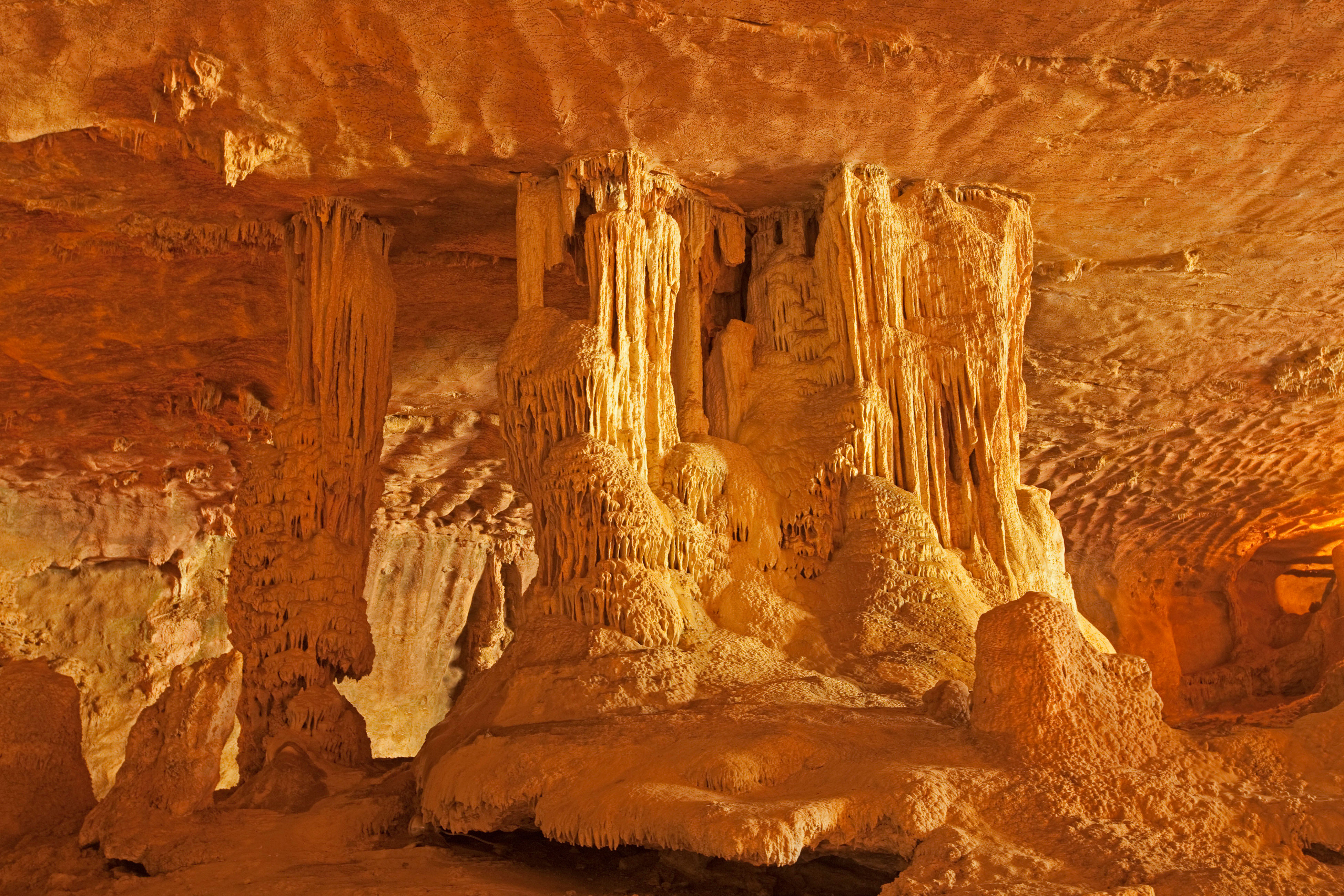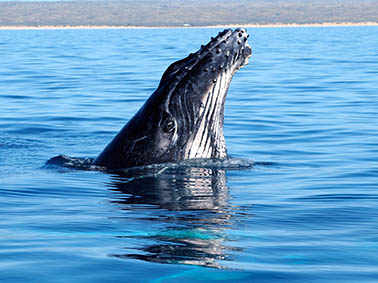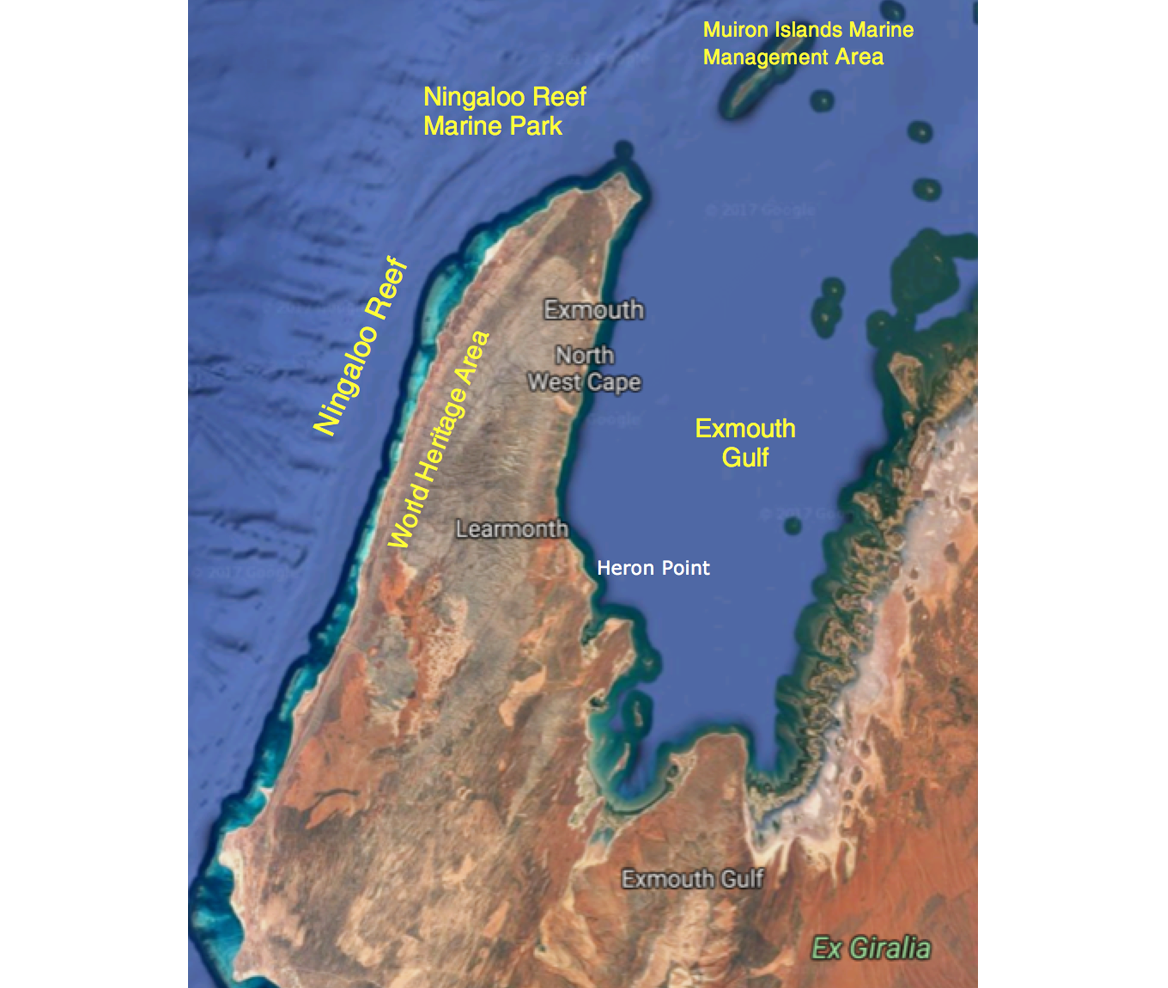Ningaloo: World Treasure
Ningaloo Reef is Australia’s only fringing coral reef. That means it’s very close to shore. At many points you can wade into its turquoise lagoons from the beach. 260 kilometres long, it’s home to 500 species of fish and 200 species of coral. It’s also the best place on the planet to swim with the world’s largest fish, the whale shark.
Learn more
The Ningaloo Marine Park was established in 1987. In 2005 sanctuary protection of the Reef was increased from 10% to 34% and in 2011, along with the Cape Range National Park, it was listed as a World Heritage property.
The town of Exmouth, near the tip of the North West Cape, is a tourism hub that caters to eco-tourism, fishing, camping, aerial tours, kayaking, and much more. It generates more tourism revenue than any other community in the region. Almost all that revenue depends on unique, vibrant, healthy ecosystems underpinned by World Heritage status.
Cape Range is the rugged limestone divide between Ningaloo Reef and Exmouth Gulf. It is honeycombed with over 700 caves, many of them undisclosed to the public and home to rare aquatic creatures called stygofauna.
Learn more
Exmouth Gulf is a rare and precious estuarine system of 2600km². Relatively shallow and surrounded by life-giving mangroves, it is the engine room of the nearby Reef. Its bays, islands, creeks, corals, and sponge gardens are nurseries for untold fish, crustaceans, rays, sharks and birds. Each winter hundreds of humpback whales arrive from the Antarctic to give birth and nurse their calves. Wherever you are on the Gulf, the Range looms like a sentinel, and much of the life you see on the Reef was born in the Gulf.
Learn more
Before the 1990s few Australians had heard of Ningaloo. The North West Cape is remote and in the days before sealed roads and an airport it was very remote indeed. Until the 1970s there was a turtle fishery at Ningaloo. In the 1980s it was the target of old-school rec-fishers who hauled freezer-loads of fillets back down the highway. That was before people began to pay attention to whale sharks. The whale shark put Ningaloo on the map.
Learn more
Fisheries In the 1930s, when the Ningaloo/Cape Range area was largely a marginal pastoral area, the West Australian government allowed foreign whalers to operate off Point Cloates and 7000 humpback whales were slaughtered during this time, helping bring the species to the brink of extinction. Whaling at Ningaloo didn’t cease until 1954 when low stocks made commercial operations here unviable.
Many Australians are not aware that commercial turtle hunting was allowed at Ningaloo Reef until 1972. Freezer vessels used to send out crews in dinghies to chase green and loggerhead turtles in the lagoons, harpooning them once they were exhausted at the surface. It has taken decades for these species to begin to recover from this fishery.
Tourism Once the town of Exmouth was built people from Perth began to hear about the incredible fishing to be had along the lonely beaches and coral reefs of the Cape. Ningaloo Reef became a prime target for old-school rec-fishers who fished hard and didn’t stop to think of the consequences. Parties of fishers spent weeks each year filling freezers with fillets, some of which they sold, much of which ended up freezer burnt and later discarded. It took decades to move fishers on from this maximum-extraction mentality, and happily most modern rec-fishers at Ningaloo now understand the basic ideas of sustainable fishing.
Along with the fishers came the divers making the long drive north, and it was only when visitors began getting into the water that the true wonders of Ningaloo began to be noticed.
In the early 1990s local fishing and dive charter operators began to take note of the annual appearance of whale sharks at Ningaloo Reef. It took some time for locals to realize that these gentle giants and the new-fangled concept of eco-tourism might hold the key to the region’s future. Since then nature-based tourism has been the lifeblood of the community. Exmouth generates the largest share of tourism revenue in the Gascoyne region.
Saving Ningaloo Between 2000 and 2003 a grassroots campaign to stop inappropriate development at Maud’s Landing, near Coral Bay, brought the first sustained public focus on the environmental wonders and vulnerabilities of Ningaloo. Until then all coastal planning in the region was ad-hoc, and the environmental values of places targeted by developers were not taken into serious consideration. Save Ningaloo Reef, an alliance of community groups including the Australian Marine Conservation Society, The Conservation Council of WA, and the Wilderness Society galvanised the Australian public and convinced the government of the day to reject inappropriate development. In 2002, 15,000 people marched through the streets of Fremantle to stand up for Ningaloo.
Between 2000-3 at least 100,000 let government know how precious the reef was and in the wake of the campaign coastal planning was redrawn to put the precious environment before any other consideration when assessing coastal developments. The Save Ningaloo campaign was probably the biggest boost to eco-tourism in the state’s history, certainly in Exmouth’s short history.
In 2004, as a direct result of the Save Ningaloo campaign, sanctuary protection at the Reef was extended from 10% to 34%, and in 2011 Ningaloo and the Cape Range were added to the World Heritage List. These added protections have increased scientific study of the Reef and they have also helped boost the region’s reputation as a world class nature-based tourist destination.
“The Region retains its focus on providing an intimate and personal experience for visitors and it is positioned as a premium experiential eco-tourism destination.” (Gascoyne Tourism Strategy, 2014)
Twenty Years On For 20 years people have been coming to Ningaloo to swim with whale sharks, manta rays, turtles, and myriad fish species. In 2017, thanks to the heartening recovery of the species once hunted almost to extinction, tourists were able to swim with humpback whales for the first time in WA tourism history.
“I was proud to be a part of Save Ningaloo back in the day, and I’m still proud to support Protect Ningaloo. The Gulf needs more protection, not more pressure.” – Luc Longley
“I was proud to be a part of Save Ningaloo back in the day, and I’m still proud to support Protect Ningaloo. The Gulf needs more protection, not more pressure.” – Luc Longley
Sponge and Coral Gardens, Exmouth Gulf
a fragile ecosystem
